
colorful vector set Illustrations Creative Market
NASA/JPL-Caltech. In 1989, Voyager 2 became the first and only spacecraft to ever fly by Neptune, and images from that mission famously show a planet that's a deep azure color. But in reality.

Labeling Technology
Patrick Irwin. For decades, images taken of Neptune have looked like the planet has a deep blue hue, while Uranus seemed more green. However, these two ice giants may actually look more similar to.

Your Favorite May Soon Turn Up In The Mail Universe Today
Colors on Mars The top image shows a valley on Mars as you might see it if you were standing there. The dusty haze of the Martian atmosphere makes the ground appear browner than it really is. The bottom image is "white balance" color corrected to remove this effect and show the inherent colors of the rocks and sand.

set Royalty Free Vector Image VectorStock
May 11, 2016 by Matt Williams What Are The Colors of the Planets? When we look at beautiful images of the planets of our Solar System, it is important to note that we are looking at is not.

Mystaarryytoks
Downloads. Credit. NASA/Johns Hopkins University Applied Physics Laboratory/Carnegie Institution of Washington. PIA Number. PIA16853. Language. english. This colorful view of Mercury was produced by using images from the color base map imaging campaign during MESSENGER's primary mission.

The true colors of the of the solar system ORDO News
The colors of Saturn's planet are very fascinating. The colors are a result of the gasses and materials that make up the planet. The colors are very similar to Earth's colors. The colors of Saturn's planet include white, blue, brown, and yellow. Saturn's northern hemisphere, like Uranus or Neptune in the south, is currently a blue-ish.
If you took a trip via spaceship through the Solar System, these would
Back in the late 1900s, the images Voyager 2 recorded of Uranus and Neptune were in single colors combined to create composite images that showed the planets to be cyan and azure, respectively.

Solar System Fabric Panel Purple in 2021 Solar system
Mercury is slate gray while Venus is pearly white, Earth a vibrant blue, and Mars a dusky red. Even the gas giants are different, Neptune and Uranus an opaque blue, while Jupiter and Saturn are.
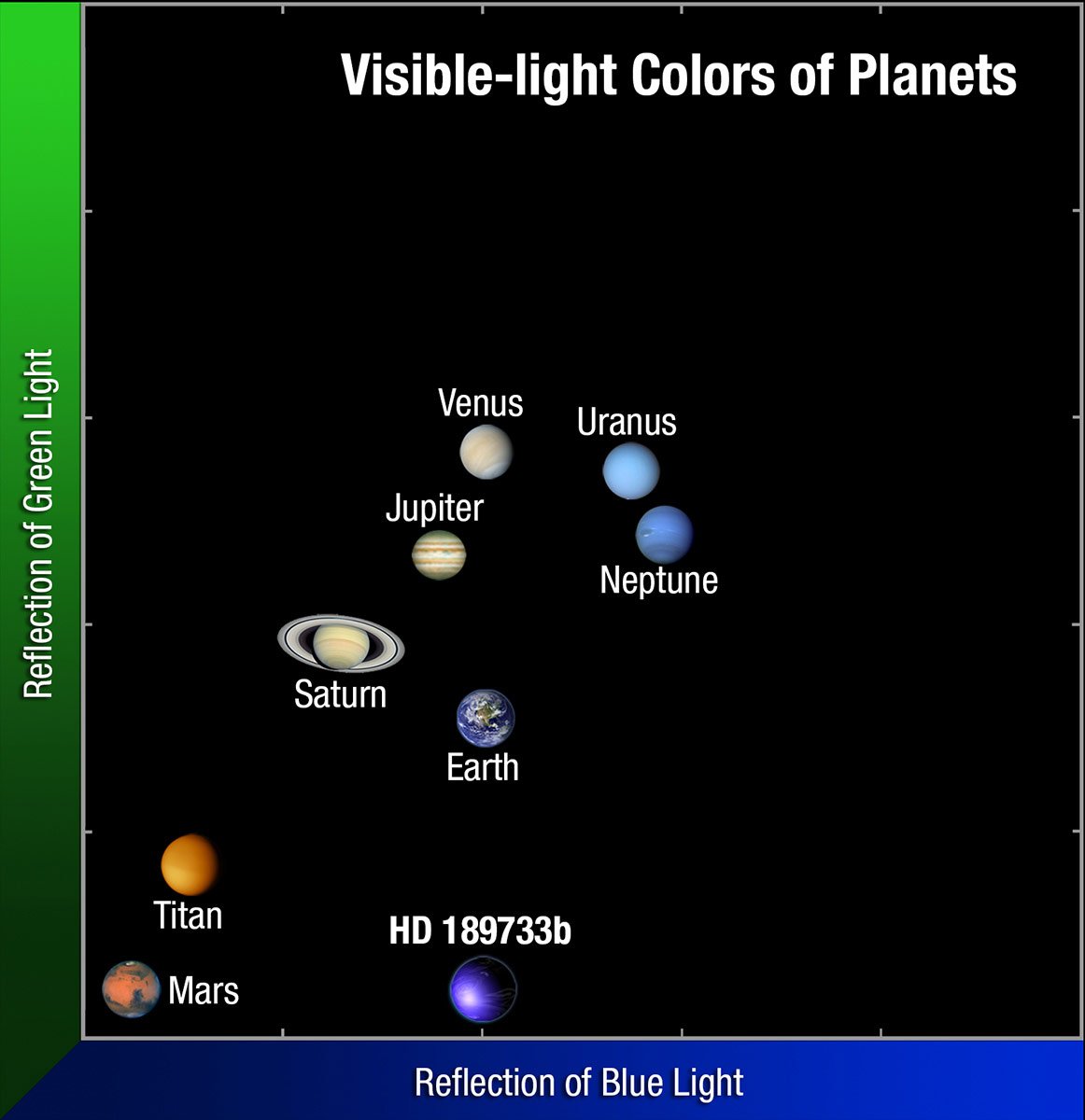
Hubble Reveals Actual VisibleLight Color of HD 189733b
Planets have the colors that they have because of what they are made of and how their surfaces or atmospheres reflect and absorb sunlight. Mercury has a dark gray, rocky surface which is covered with a thick layer of dust. The surface is thought to be made up of igneous silicate rocks and dust. Venus is entirely covered with a thick carbon.

in vector by Ohita Fiction on Dribbble
Visible-light Color of Planets Plot. This plot compares the colors of solar system planets to the color of the hot-Jupiter-class planet HD 189733b. With the exception of Mars, the colors are primarily determined by the chemistry of the planets' atmospheres. Earth's blue atmosphere plus the blue tint of the oceans dominate our world's hue.
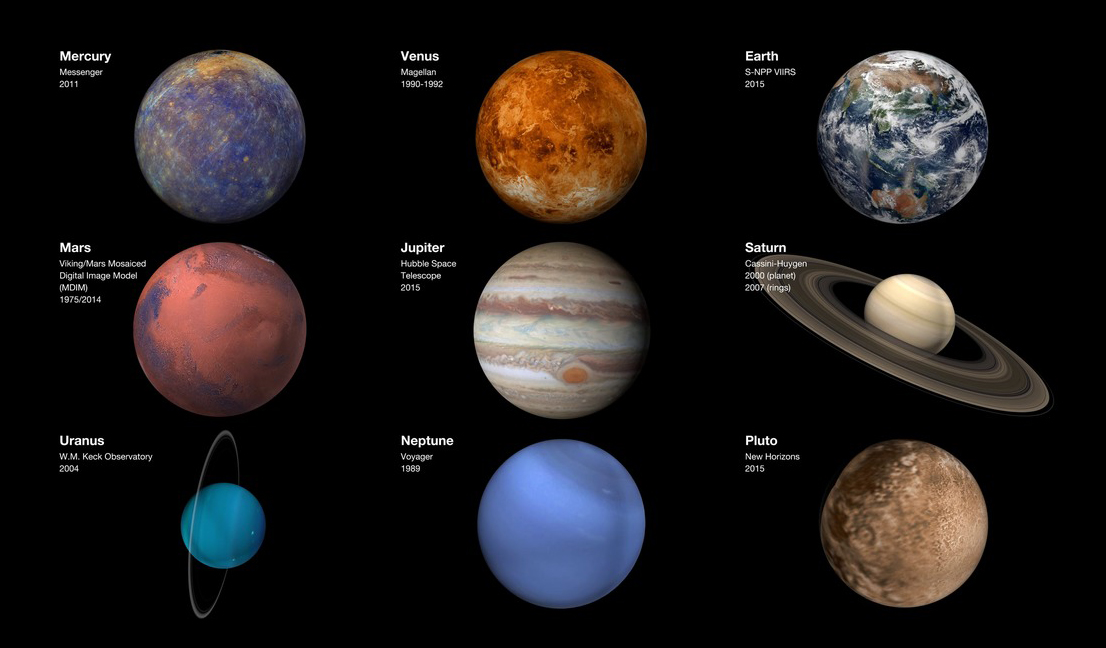
Of The Colors
Uranus appeared to be a pale cyan color, while Neptune was depicted as a striking deep blue. Voyager 2 captured images of each planet in separate colors, and the single-color images were combined.

AI Neural networks, known as ANNs, Program Classifies and
Jan. 4, 2024. Think of Uranus and Neptune, the solar system's outermost planets, and you may picture two distinct hues: pale turquoise and cobalt blue. But astronomers say that the true colors.

Vector, Icon, Space Baby Shower, Solar System Projects
Jan. 5, 2024 7:44 a.m. In 1989, Voyager 2 became the first and only spacecraft to ever fly by Neptune, and images from that mission famously show a planet that's a deep azure color. But in.

What are the Colors of the 9 in Our Solar System? Outer Space
A new study suggests that Neptune and Uranus are a similar shade of greenish blue, contrary to the commonly held belief that the two outer planets are vastly different colors. Traditionally.
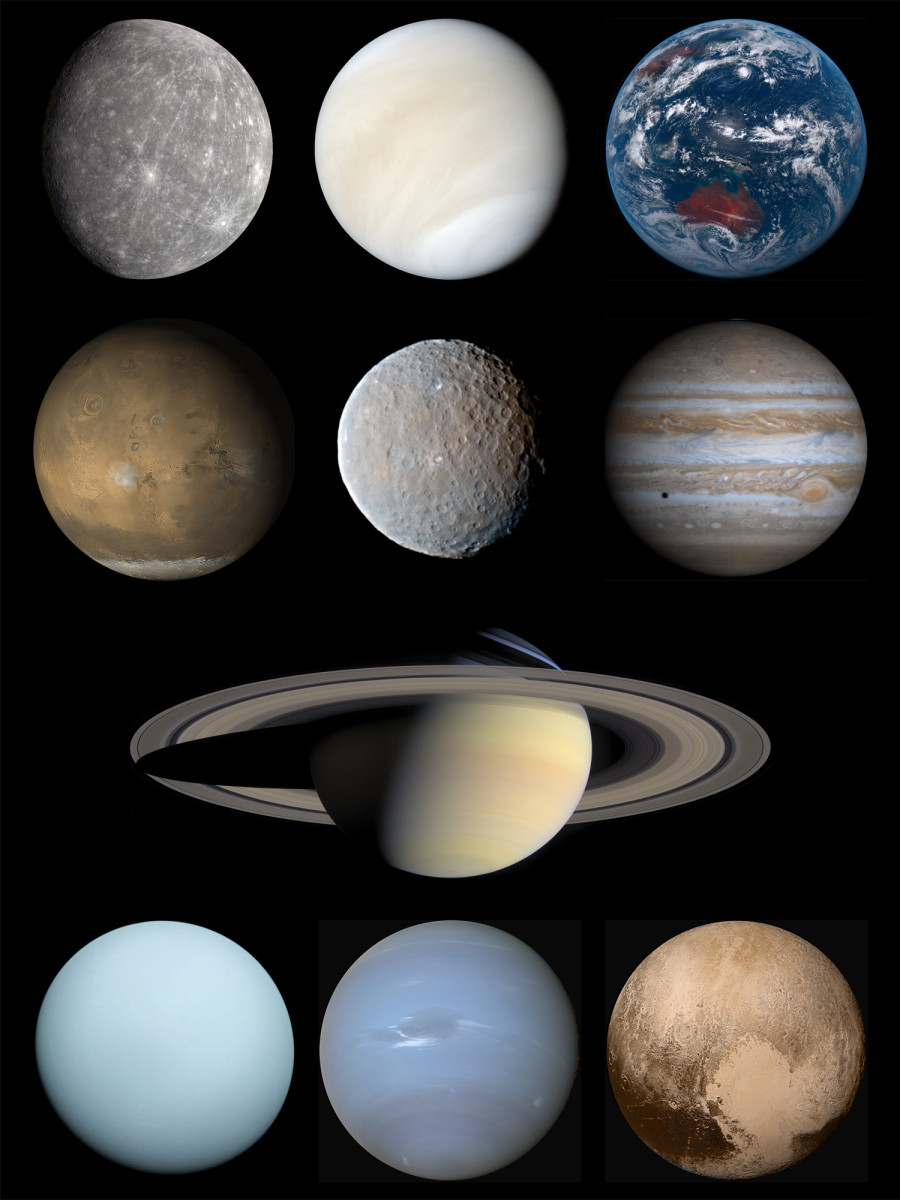
TrueColor Photos of All the Owlcation
When you look at the planets in the Solar system from space, they have these colors: Mercury: Grey Venus: Light yellow and white Earth: Blue, brown, and white Mars: Red, brown, and orange Jupiter: Stripes of light orange, white, brown, and dark orange Saturn: Stripes of yellow and brown Uranus: Light pale blue
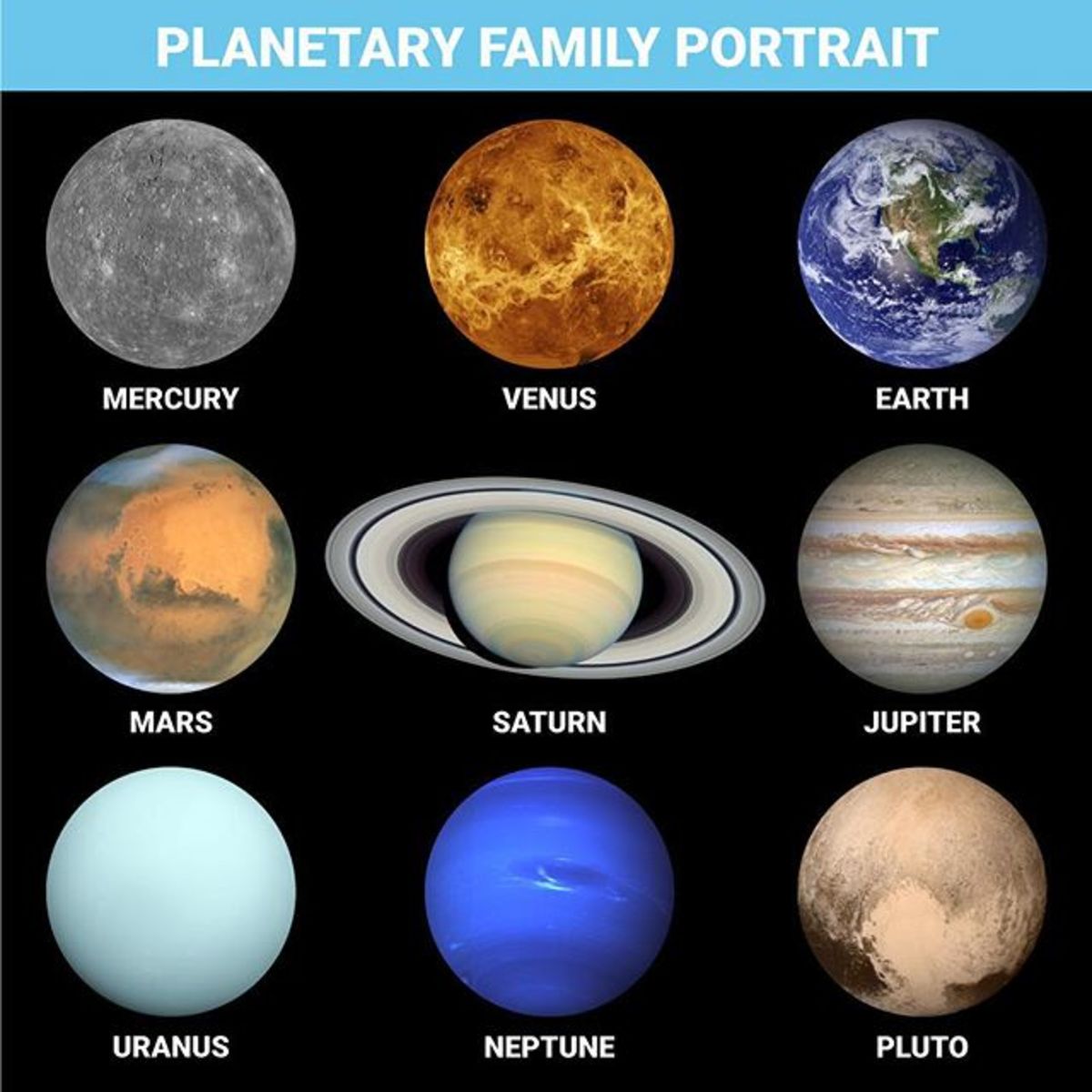
TrueColor Photos of All the Owlcation
Its appearance can be described as a combination of grayish tones with hints of brown and muted beige. This coloration sets Mercury apart from other planets, and understanding the reasons behind its distinct hue requires a closer examination. One of the key factors influencing Mercury's color is its surface composition.